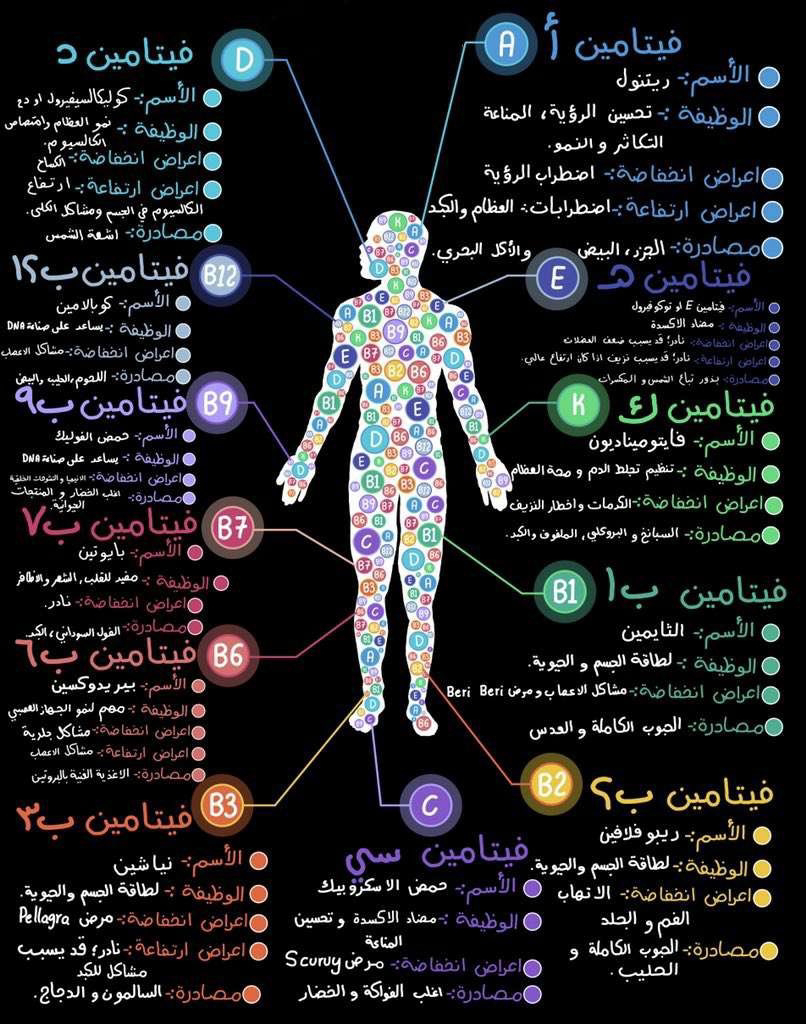What is ejection fraction?
The heart has two main muscular chambers: the left and the right ventricle. Each chamber has MVP status in the body, working together to perform jobs you literally couldn’t live without:
- Right ventricle: Pumps blood to the lungs to get oxygenated.
- Left ventricle: Pumps oxygenated blood throughout your body.
A heart at rest holds a certain amount of blood. Ejection fraction refers to the percentage of that blood your heart pumps out with each beat.
1. Partner up with a doctor
Whether it’s a cardiologist or your primary care physician, talk to a doctor about your symptoms. Doctors have many ways to help manage heart failure. From medications to implantable cardioverter defibrillators, their heart failure toolkit is chock-full of effective options to improve your heart health.
2. Be a heart detective
Put this on your doctor’s to-do list, too. By identifying and treating the underlying causes of low ejection fraction, you take major steps toward improving your quality of life. For example, if hypothyroidism is part of the puzzle, doctors can work on managing your thyroid levels. Similarly, your blood pressure or diabetes may need attention, as well as other modifiable conditions.
3. Get moving
Is there anything exercise can’t help? Physical activity, in particular aerobic exercises, can help your heart meet your body’s demands. It’s a classic case of doing more with less.
“If the heart weakens and provides the body with less oxygenated blood, the body suffers,” Dr. Finet notes. “But if we help the body use that oxygen more efficiently, we may improve your overall condition even if we are unable to change your heart function.” Talk to your doctor about joining a cardiac rehabilitation program or about where to start if you want to do it on your own.
4. Watch your weight
“Losing weight won’t necessarily improve ejection fraction, but it can make you feel better,” Dr. Finet says. Tracking your weight will also help you and your doctor determine whether fluid is being built up due to the abnormal heart function.
Consuming too much sodium, or salt, can have a domino effect:
- Diseased heart muscle, or cardiomyopathy, provides less blood to the kidneys.
- The kidneys retain sodium and fluid to compensate for the low blood flow.
- Sodium traps water, which abnormally accumulates on the heart and blood vessels.
- Patients can become congested, or volume overloaded, because they have too much fluid that further impairs the functioning of the heart.
- The excess fluid goes to the lungs, legs, liver and abdomen, causing the typical heart failure symptoms, such as shortness of breath, fatigue and swelling.
“So sodium for heart failure patients is like poison,” explains Dr. Finet, who recommends keeping salt consumption to no more than 1,500 to 2,000 milligrams per day. (A 1.5-ounce bag of potato chips is around 255 mg.)
6. Just say no
Eliminate substances that can cause more damage to your heart, such as alcohol, cocaine, amphetamines and cigarettes. These vices can tank your ejection fraction and worsen your symptoms.
7. Say goodbye to stress
Stress can raise your heart rate and blood pressure, which are heart failure no-nos. “Less stress can help patients improve their heart condition and help them feel better.”



